You will undoubtedly read a lot about Bermuda and Fescue grasses if you dream of establishing a thick, vigorous and lush lawn. Both grass varieties are frequently used as turf on busy locations, including front lawns, soccer fields, and even golf courses.

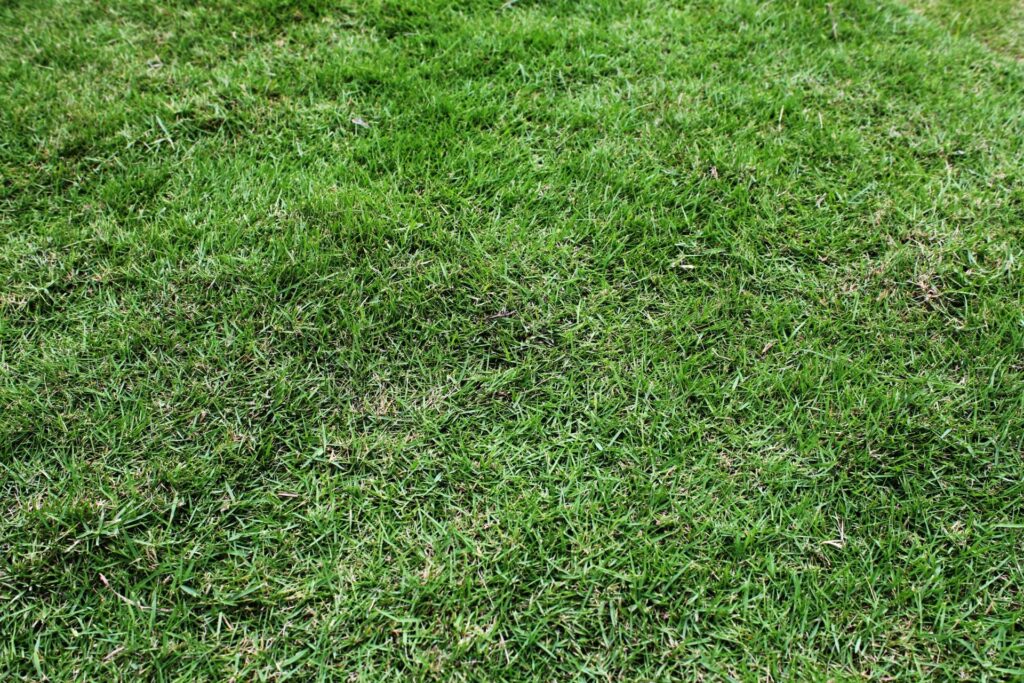
However, just as with any other plant, you will need extensive research to select the best grass for your landscape and requirements. In addition to that, it goes without saying that you should choose a grass that is easy for you to tend to.
In spite of the fact that both Bermuda grass and fescue grasses are suitable for use in a variety of applications involving turfgrass, the two types of grass are actually quite different from one another.
Bermuda grass is more resistant to heat and drought than fescue grass is. Also, remember that it is critical to thoroughly understand these distinctions so that you can effectively establish and manage your lawn.
Fescues thrive in locations with cold winters and have relatively delicate leaves with a clumping growth habit. They grow best in zones 3 through 9.
On the other hand, Bermuda grass grows best in zones 9 through 11, has a rougher texture, and is better suited to warm temperatures. Moreover, if not carefully monitored, it can spiral out of control due to its aggressive spreading habit.
So, which grass is best for your yard?
Let’s find out! In this article, we will discuss everything you need to know about growing & maintaining a Bermuda or Fescue grass lawn.
1. Bermuda Grass
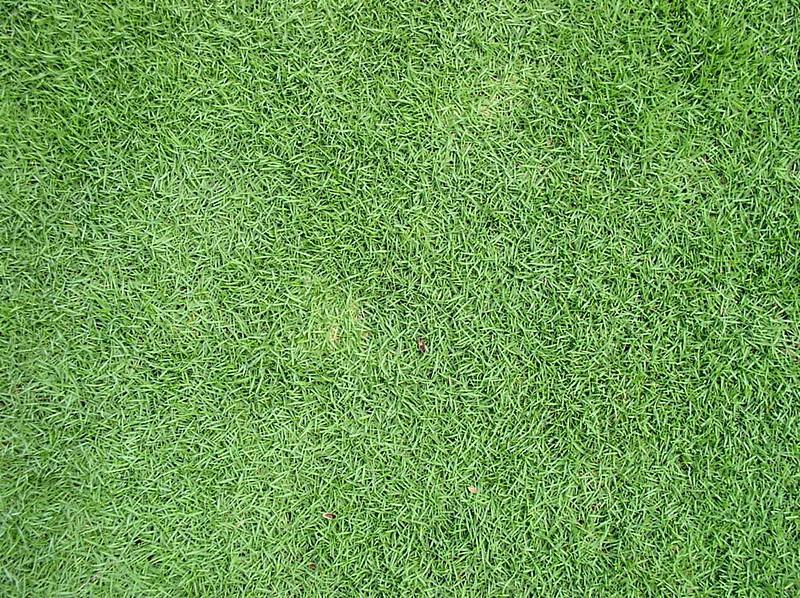
Bermuda grass thrives in warm climates and can be found in tropical regions. Common Bermuda grass has a rough texture and can be grown from seed, while hybrid Bermuda grass has a more delicate texture and makes superior lawns.
Bermuda grass begins to expand beginning in the latter part of spring and continuing through the summer. It possesses excellent weed resistance as well as drought and wear resilience.
It performs well in locations with direct sunlight, high temperatures, and well-draining soil. In addition, due to its extensive root system, it can adapt to changing environmental conditions, such as drought.
However, Bermuda grass is known to infiltrate flower beds, is susceptible to thatch, and is sensitive to cold temperatures.
2. Fescue Grass
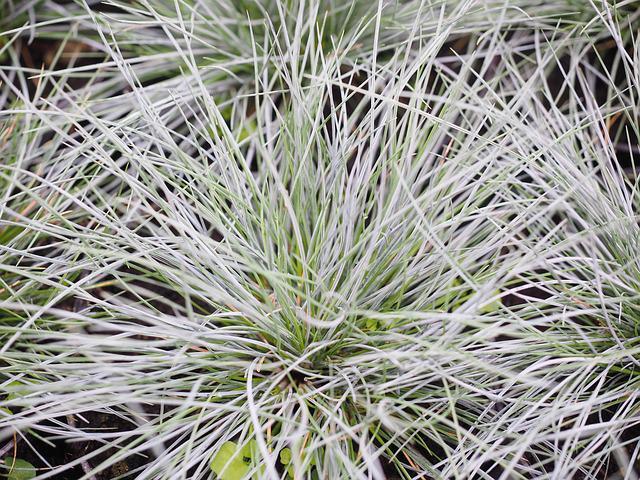
Fescues have traditionally been well-liked for their ability to tolerate shade, but the genus Festuca has more than 300 distinct species of grasses, each of which offers a wide variety of uses and benefits that go far beyond this particular characteristic.
The research that is being done to generate stronger fescues is astounding. New cultivars are being developed that are resistant to disease, drought, heat, and even insects.
Improved fescue grasses are able to produce lawns that are just as beautiful as any other variety of grass, but they have the added benefits of being tolerant of shade, using less water and fertilizer, and being able to live further south than other types of grass that grow during the cool season.
RELATED: Fescue Grass 101 | Types, Best Time To Plant, Benefits & Much More!
Bermuda Vs Fescue Grass | Differences
Let’s now look at the similarities and differences between Bermuda and Fescue grasses so that you may choose the most suitable variety for your yard.
Basic Characteristics
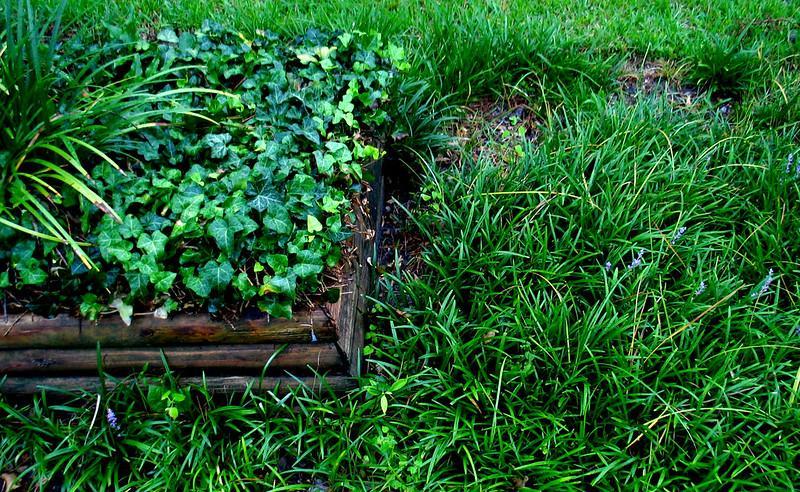
Bermuda grass is characterized by a dark green tint and a maximum height of around two inches when it reaches maturity.
The coarse texture of this grass and the presence of stolons make it easy to identify. You might also observe that it contains a few hairs at the point where the blade of the leaf joins the stem of the leaf.
Fescue is also a dark green hue, but if it is allowed to grow unchecked, it can reach heights of between three and four feet.
It can be distinguished from blades of Bermuda grass by having wider grass blades characterized by veins of equal width that run parallel across the surface of the grass blade.
Growing Seasons – Bermuda Vs Fescue Grass
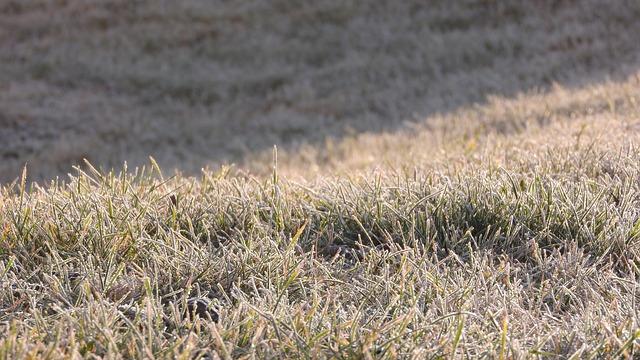
With a C4 plant metabolism, Bermuda grass is categorized as a warm-season turfgrass. This means that Bermuda grass thrives in a temperature range of 75 to 95 degrees Fahrenheit.
Then, as temperatures begin to drop in fall, Bermuda grass growth starts to slow down, and finally, it will go into a dormant state during the colder months of the year.
On the other hand, Fescue has a C3 plant metabolism and is thus categorized as cool-season turfgrass species. Thus, the ideal temperature range for fescue growth is between 55° and 75° F.
Growth slows down, and turf can be more vulnerable to disease and insect damage throughout the summer when temperatures are higher than the ideal range.
Common Problems – Bermuda Vs Fescue Grass
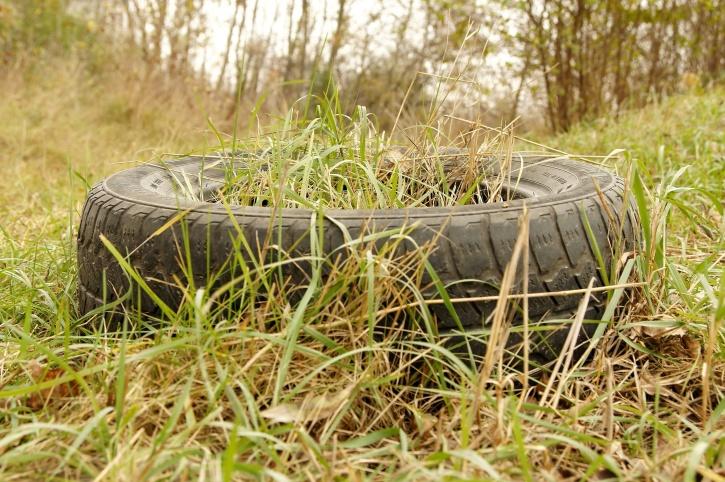
Both Fescue and Bermuda grass are vulnerable to common types of pests and insects, such as aphids and webworms.
Bermuda, however, is more susceptible to damage from burrowing animals due to its slow recovery rate. Another adversary of Bermuda grass is water, which can lead to the development of mildew, mold, and root rot.
Bermuda grass has a significantly higher risk of developing root rot than practically every other type of grass.
In addition, tall Fescue is susceptible to a condition known as crown rust, which is more prevalent in environments that are warm and humid (with temperatures higher than 90 degrees Fahrenheit).
Best Uses – Bermuda Vs Fescue Grass

This section is where you may get a quick answer about whether Bermuda or fescue grass is best for your particular situation.
For instance, a hot, sunny, sandy area with ordinary to little traffic is the most fantastic place to plant Bermuda grass. On the other hand, Fescue performs wonderfully as a high-traffic-safe covering for sports fields, medians, sidewalks, and even as covering on hills.
Furthermore, Fescue can be the best grass variety for your scenario if you dream of having a low-maintenance lawn, have a yard with a variety of sun kinds, and compactable soil.
It can withstand partial shade and even full shade without yellowing. Deep shade may cause it to become slightly thinner, but even the most shade-tolerant grasses occasionally do this.
Maintenance Needs – Bermuda Vs Fescue Grass
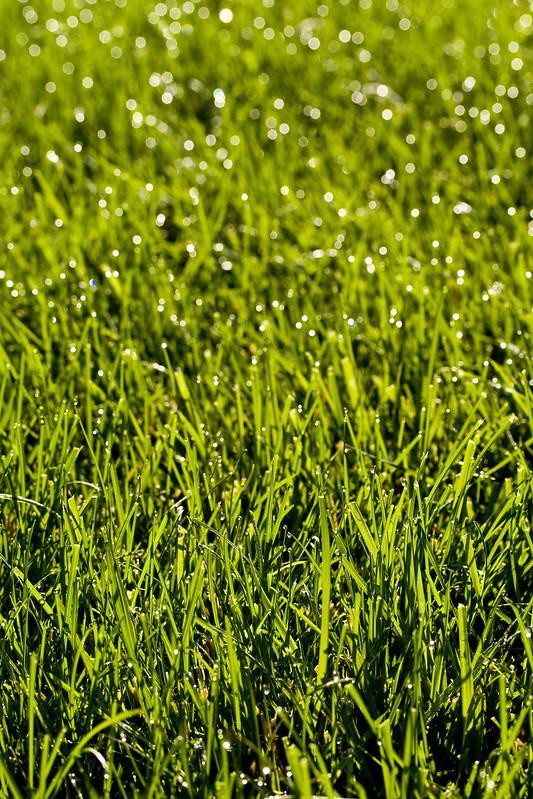
In order to flourish, Bermuda grass and Fescue grass both require adequate levels of nitrogen to be present in the soil. The difference between the two is when you apply fertilizer to your lawn.
If you want your Bermuda grass to grow to its best and have a dense lawn, you should apply the fertilizer when the temperature is higher, often between the late spring and early fall.
In contrast, you should apply fertilizer to a fescue lawn when the weather is cooler. This will give you the best results. Overall, Bermuda grass requires more upkeep than Fescue grass.
Wear & Tear – Bermuda Vs Fescue Grass

Both Bermuda and Fescue grasses are widely used because of their exceptional resistance to abrasion and foot traffic. Therefore, you won’t need to be concerned about the children or pets wrecking your lawn!
However, Bermuda grass is known to be somewhat more resilient than Fescue and can restore itself after damage.
Mowing & Watering – Bermuda Vs Fescue Grass

Bermuda grass requires very careful mowing with the right kind of mower. Thus, if not done correctly, the grass can get scalped and damaged.
Meanwhile, cut Fescue grass at the height of between 1 1/2 and 2 1/2 inches. Furthermore, keep the grass frequently mowed to keep it from getting too tall.
With Bermuda grass, you only need to water it once a week to keep it healthy. Thus, Bermuda grass should be watered at a depth of six inches.
In contrast, water Fescue grasses frequently and deeply throughout the hot summer months, typically one to two inches per week.
RELATED: What Is The Best Mowing Season, Height & Frequency For Bermuda Grass?
Fescue Grass Vs. Bermuda Grass | Differences Table
| Fescue Grass | Bermuda Grass | |
|---|---|---|
| Appearance | Broad, coarse leaves with a dark green color | Coarse texture, grass blades are somewhat hairy and dark green |
| Cold Tolerance | High | Poor |
| Drought resistance | Low | High |
| Durability | High | Moderate |
| Heat Tolerance | Has poor heat tolerance | Has excellent heat tolerance |
| Ideal Soil pH | 5.5 to 7.5 | 6 to 7 |
| Ideal Soil Type | Grows best in rich clay soil | Grow best in a range of well-drained and rich soils |
| Lawn establishment | Fescue grass lawns are typically established using seed or sod | Some species of Bermuda grass are capable of producing seeds, and Bermuda grass spreads through rhizomes and stolons |
| Maximum Height | For fully matured fescue grass, heights of about four feet have been seen in the past. | Bermuda grass can reach a maximum height of 12 inches if left uncut. |
| Mowing Needs | Has a higher recommended mowing height, usually one and a half inches or more. | Has a moderate recommended mowing height of one and a half inches. |
| Peak Growing Season | Maximum growth occurs in fall, winter, and spring. However, when the warm seasons approach, the grass enters dormancy | It remains dormant in the cold winter months and grows best during spring and summer |
| Pests and Diseases | Moderately vulnerable to fungal lawn diseases | Highly vulnerable to fungal lawn diseases. |
| Recovery from damage | It takes longer to recover from wear caused by heavy foot traffic | Recovers quickly from wear caused by high foot traffic |
| Salt Tolerance | Poor | High |
| Shade Tolerance | High | Poor |
| Spread & Invasiveness | Has an aggressive spreading habit and tends to invade nearby spaces | Has a clumping growth habit and does not invade nearby areas despite having deep roots |
| Type | Cool-season grass that grows best in the north or cold regions | Warm-season grass that grows best in warm or tropical regions |
| Water Requirements | 1 inch of water per week | 1 to 1.5 inches of water per week |
Final Thoughts
So, which grass do you think is best for your lawn? When compared to Bermuda grass, tall Fescue is a lot simpler to work with and take care of than Bermuda grass.
However, the type of grass you choose for your lawn should be determined by the conditions in your surroundings. For example, Bermuda grass is a good option for places with a lot of sun, while tall Fescue is a better choice for cooler climates.
Frequently Asked Questions (FAQs)
Is Bermuda grass better than Fescue?
Bermuda will score higher than tall Fescue in a drought during periods of extreme heat (temperatures exceeding 90F), and it will remain green for a more extended time if not watered.
However, as long as temperatures don’t exceed 85°F, tall Fescue can withstand weeks of drought without becoming dormant (or turning brown).
Can you mix Fescue and Bermuda grass?
Bermuda grass can be planted with fescue grass seed, but it will take two years before the winter appearance of green and brown spots disappears.
Bermuda seed should be planted towards the middle of May. Furthermore, mow the Fescue to a low height and use an aerator to create numerous holes/grooves in the grass.
What is special about Bermuda grass?
Bermuda grass is prized for its excellent resistance to heat and drought and ability to sustain severe use and quickly recover.
Due to these features, Bermuda grass is a popular option for resilient lawns among lawn owners in the United States. However, its extensive use is limited by Bermuda’s climate constraints.
What is the toughest grass?
The sports-turf grasses, such as common Bermuda, Hybrid Bermuda, or zoysia, are the “toughest” grasses (simply taking that feature into account).
Because of their trailing growth habit, these grasses can withstand intense foot activity better than cool-season grasses.
Is Bermuda grass hard to maintain?
It is not difficult to maintain Bermuda grass, particularly if you pay attention to the turf a few times during the course of the year.
If you give your grass the attention it needs by mowing, aerating, watering, and fertilizing it as directed, you will have the healthiest and most gorgeous lawn on the street!
Sources for Further Reading
Renovation from Bermuda to Tall Fescue for Highly Shaded Turf Areas – University of Arizona Cooperative Extension Service
How Do I Get Tall Fescue Out of My Bermuda grass? – North Carolina State University Extension Service
Bermuda grass (Cynodon dactylon) Control in Tall Fescue (Festuca arundinacea)
and Zoysiagrass (Zoysia spp.) Turf – University of Tennessee Institute of Agriculture Extension Service
We hope you learned something from this article, here are other articles that you can learn from:
Centipede Grass 101: How To Grow Centipede Grass & Is It Any Good?
Top 10 Weed Killers For Bermuda Grass | A Comprehensive Guide
How To Properly Water New Sod? Tips & Tricks From The Experts | A Comprehensive Guide







